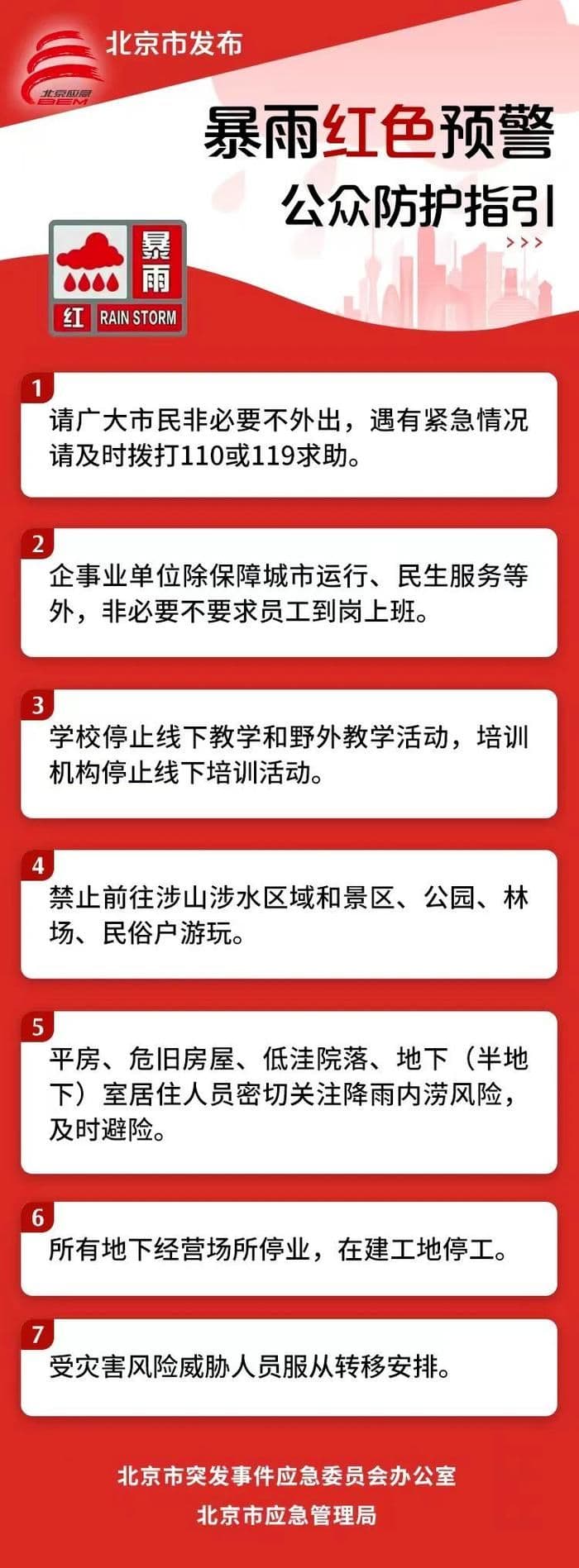The Volatile Canvas: Navigating Summer's Extreme Heat and Sudden Storms Across China
Explore China's challenging summer weather, a dynamic mix of extreme heatwaves and sudden, powerful storms. Understand the risks and essential preparedness strategies.
The Paradox of Peak Summer: Why Heat and Rain Collide
Summer in often presents a fascinating, yet challenging, meteorological paradox: widespread extreme heat coexisting with, and sometimes directly contributing to, torrential downpours and severe convective storms. It's a complex atmospheric dance that sees multiple regions battling scorching temperatures exceeding 40°C, while others, sometimes nearby, brace for heavy or even extraordinary torrential rain. How can this be? The answer lies in the dynamic interplay of atmospheric forces unique to the peak summer months. High temperatures fuel intense evaporation, injecting vast amounts of moisture into the atmosphere. When coupled with unstable energy and specific topographical influences, like low-level easterly winds interacting with mountain ranges such as the , these conditions become ripe for powerful convective activity. This is why areas like , including and , alongside parts of the region, are currently experiencing the brunt of these intense rainfalls, even as the mercury soars in places like , , , , and . Understanding this simultaneous pressure from both ends of the weather spectrum is crucial for navigating increasingly volatile summer climate.

Thunder and Torrents: Unpacking Convective Extremes
Delving deeper into the wet side of summer's paradox reveals a landscape frequently battered by what meteorologists term 'convective extremes.' These aren't just your average summer showers; we're talking about short-duration heavy rainfall events, often exceeding 50 millimeters per hour and locally even topping 80 millimeters, accompanied by severe thunderstorms, powerful gales, and even hail. The has been issuing orange alerts for rainstorms and blue alerts for strong convective weather, underscoring the severity. Just recently, areas spanning from eastern parts of the to , the , and even , including and , witnessed torrential to extraordinary torrential rain, with some spots reporting rainfall totals between 250 to 350 millimeters. Such intense precipitation, combined with strong winds reaching up to Force 11 or higher, creates immediate and significant hazards. Flash floods, landslides, and mudslides become very real threats in mountainous and low-lying areas, demanding swift and decisive action from authorities and residents alike. The sheer speed and localized intensity of these events make them particularly dangerous, often striking with little lead time.
The Scorching Reality: Battling Widespread Heatwaves
While some regions grapple with the deluge, vast swathes of are simultaneously enduring relentless heatwaves, a 'scorching reality' that defines another facet of the summer experience. This isn't a new phenomenon, but its intensity and geographical spread seem to be growing. From as early as May, the northern regions, including parts of , , , , and , began experiencing their first widespread heatwaves, with temperatures consistently hitting and often surpassing 35°C. As summer progresses into the 'dog days' (), the heat intensifies and expands, affecting major population centers across the , , , and regions. Temperatures frequently hover between 37°C and 39°C, with local hotspots pushing well past the 40°C mark. This sustained, oppressive heat poses significant health risks, most notably heatstroke, which can be life-threatening. Public health warnings consistently urge citizens to stay hydrated, seek shade, and minimize outdoor activities during peak heat hours. The challenge lies not just in surviving a single hot day, but in enduring prolonged periods of extreme temperatures that stretch for days, if not weeks, placing considerable strain on infrastructure and public health services.

Beyond the Forecast: Community Resilience and Personal Preparedness
Navigating summer's extreme weather requires more than just accurate forecasts; it demands a robust framework of community resilience and personal preparedness. Government bodies and meteorological departments are at the forefront, issuing timely warnings and preparing emergency responses, including drainage operations for urban and agricultural areas, and even readiness for artificial hail suppression. However, the onus also falls heavily on individuals and communities. For heavy rainfall events, this means practical steps like securing outdoor power sources, suspending hazardous outdoor work, and ensuring the safety of students and workers in vulnerable areas, even if it means school or business closures. Protecting property, moving livestock to sheltered locations, and reinforcing structures are also critical. When heatwaves strike, the focus shifts to personal well-being: prioritizing hydration, seeking air-conditioned environments, and rescheduling strenuous outdoor tasks to cooler parts of the day. Ultimately, it's about fostering a proactive mindset. By staying informed through official channels, understanding the potential risks, and implementing these actionable defense guidelines, communities across can better withstand the intensifying atmospheric forces that define their summers, transforming vulnerability into resilience.
Related Articles

Atmospheric Alchemy: Unpacking China's Mid-Summer Weather Crucible

Atmospheric Alchemy: Unpacking China's Mid-Summer Weather Crucible

The Summer Paradox: When Holiday Dreams Meet Scorching Reality

The Summer Paradox: When Holiday Dreams Meet Scorching Reality

Summer Skies Unfiltered: Mastering the Art of Local Weather Wisdom

Summer Skies Unfiltered: Mastering the Art of Local Weather Wisdom

The Heat's New Frontier: Japan's Scorching Summer Rewrites History
